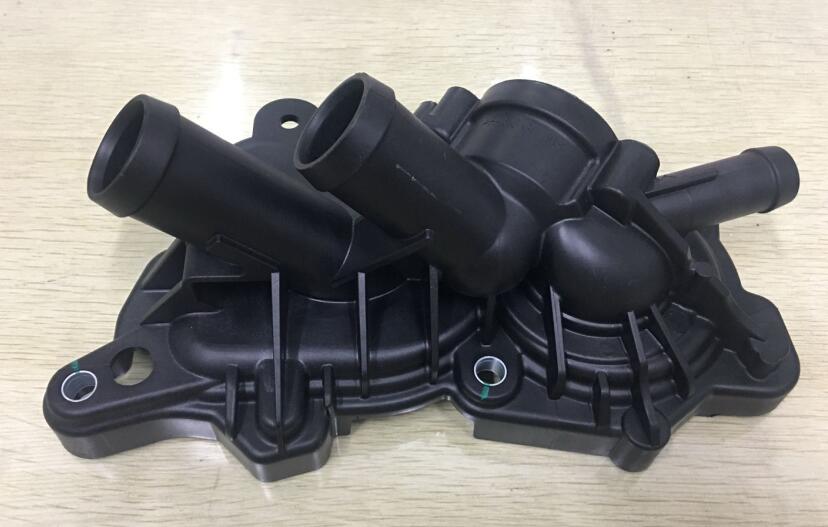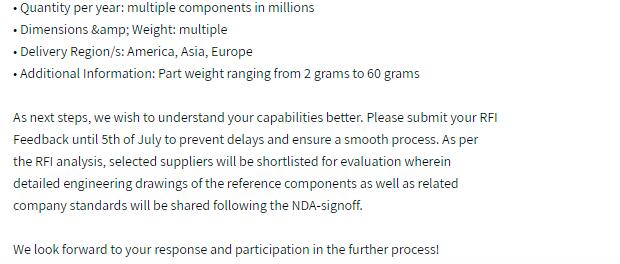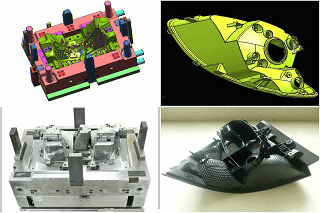What is Overmolding

Insert Molding
2021年6月8日
Two-color Injection Molding
2021年6月8日What is plastic overmolding
Overmolding is the plastic injection moulding process where one material (usually like soft plastic material TPE/TPR/TPU) is molded onto a second material (typically a rigid plastic, Like ABS).
There are two types of overmolding: insert and “two-shot” plastic injection.
The process of insert molding begins when some form of the insert is placed in the mold. The insert could be any type of fastener, nut, connector, or object that historically required soldering. Plastic is injected into the mold, encasing the inserts and forming the part.
The more popular process is an injection molding process where one material is molded “over” a secondary
we should make insert mold or over-mold/ over mould first. It is a more high technology mould than normal ones with two various material injection mould.
Why custom need overmolding parts
Overmolding can add immeasurable value to product design by enhancing the end-users’ experience in terms of comfort, ergonomics, and ease of use. In order to achieve this level of manufacturing, there are two important concepts that must be understood for success to take place, we have to know Only clients win their market, then we will win long terms cooperation with them.
- Overmolding: Product Design. General Concepts. The wall thickness of the substrate and overmold should be as uniform as possible to obtain the best cycle time.
- Overmolding parts material selection is important: Materials used in our process are synthetic polymer compounds that are used in place of plastic and rubber due to the superior properties. Polyurethane, epoxy, acrylic, silicon, and RIM (reaction injection molding) polyurethane have excellent dielectric properties and are available in hundreds of custom formulas that have been designed for use in a wide range of specific applications.
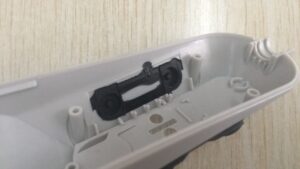
Unlimited material use
The reason for using the overmolding is completely correct.
The handle on all kinds of power tools and the need for anti-skid of surgical instruments make overmolding the most common product requirement,
It can greatly improve the grip while maintaining its function.
TPU and ABS are a classic combination. Aesthetics and product brands are also easy to achieve. Some famous cell phone manufacturers, digging
This technology is widely used in excavator equipment.
LSR. is the optional injection material
Material properties are excellent tensile and tear strength, hydrophobicity (water repellent), flexibility, bacterial resistance, and UV resistance line, biocompatibility.
LSR weaknesses
A relatively high molding temperature of 350 degrees Fahrenheit (177 degrees Celsius) is hot enough to soften substrates such as ABS、 polyethylene and other materials. This limits the range of production of adjustment parameters.
Can withstand the supporting materials are polybutylene terephthalate (PBT) and glass-filled nylon. CNMOULDING provides a variety of engineering-grade thermoplastic and liquid silicone rubber materials combination solutions for your project.
Implementation principles
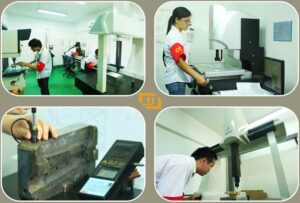
Compared with the traditional injection molding script rehearsal, there are some additional features:
1. thickness of the adhesive material shall be less than or equal to the thickness of the bulk material below it.
2. two parts must maintain uniform wall thickness and smooth transition line ,rough texture
3. the body product surface design may contribute to adhesion.
4. melting temperature of adhesive forming material should be less than 50 degrees of melting temperature of the matrix.
5. if the injection combination is incomplete and defective, it can be remedied. The use of a fixture as a supplementary means of processing can be final。 The product is perfect.
6. surface of the adhesive part shall be uniform or slightly lower than any adjacent substrate surface with any adjacent body surface.


